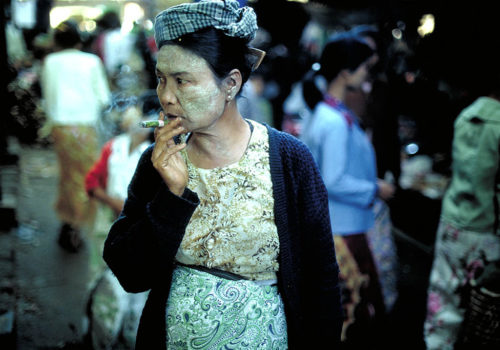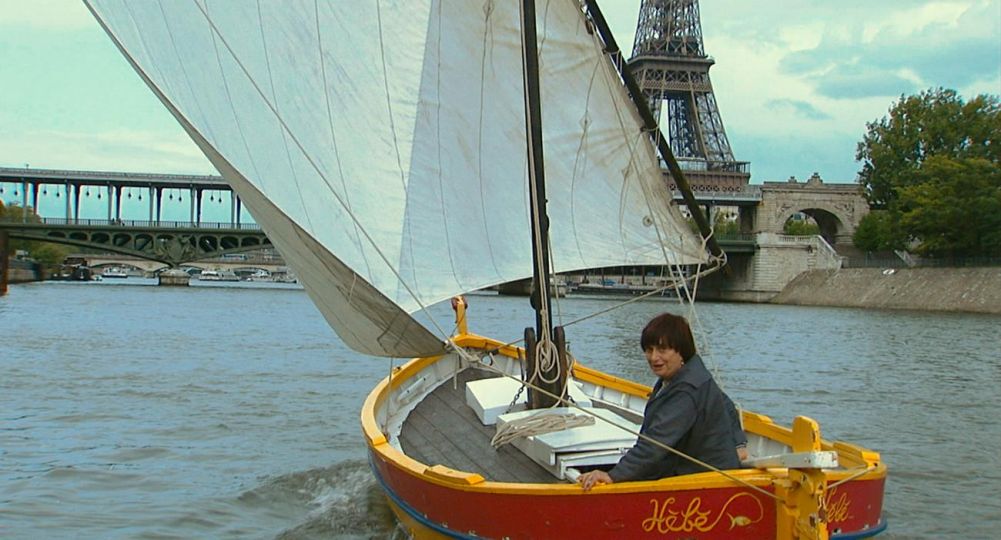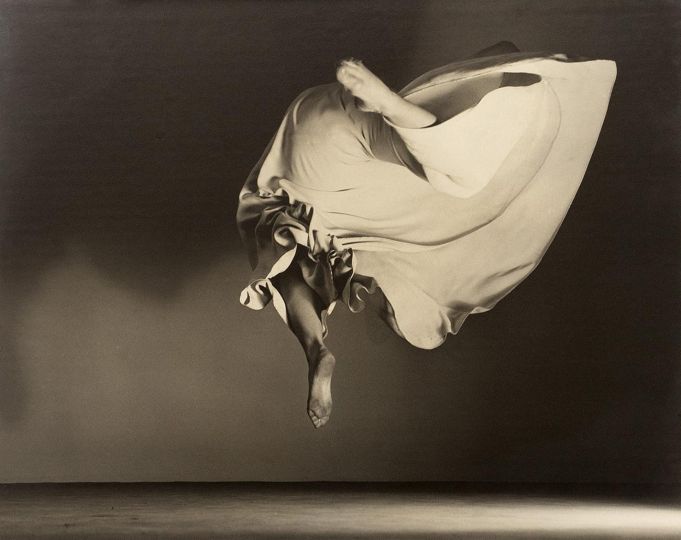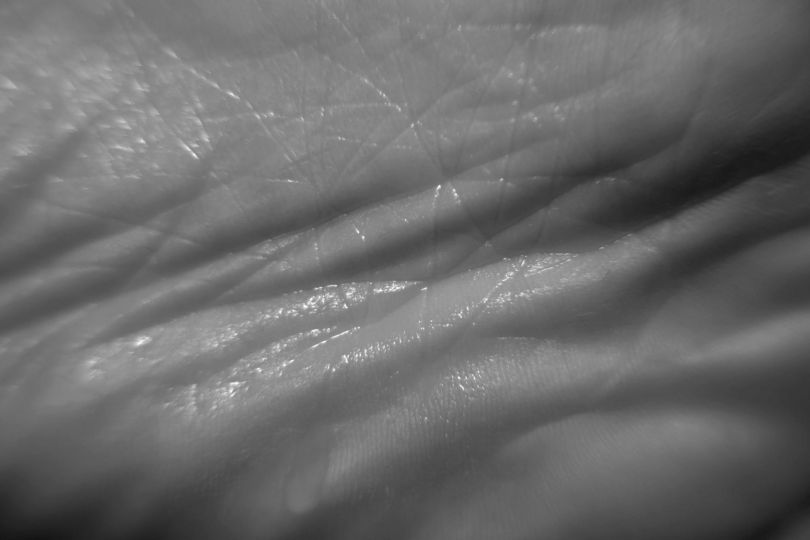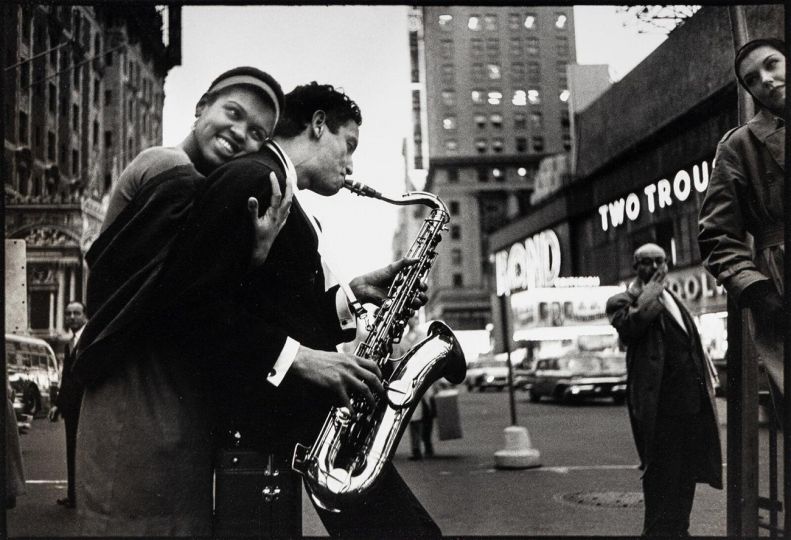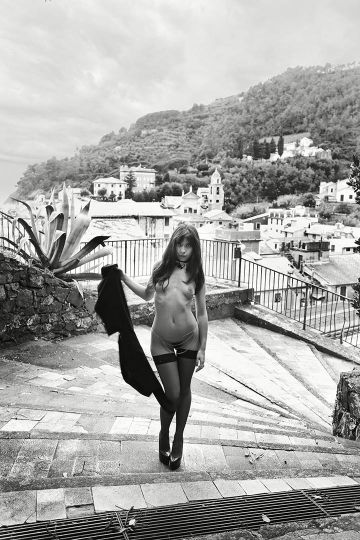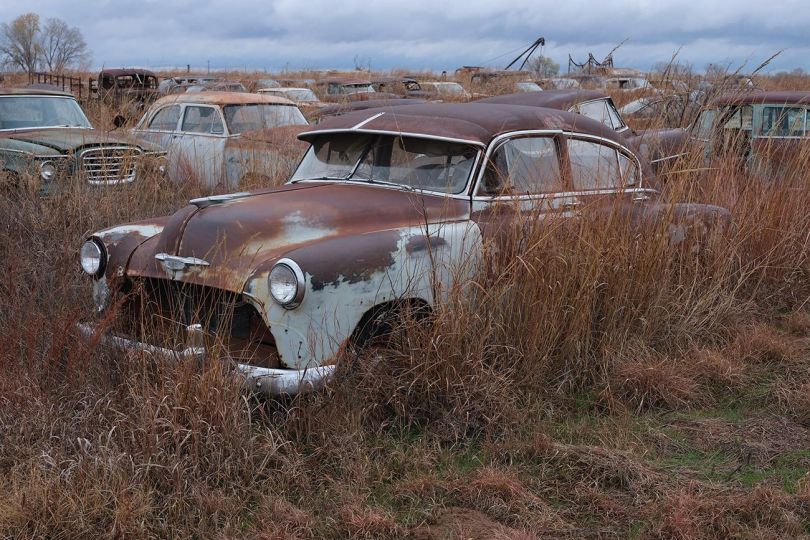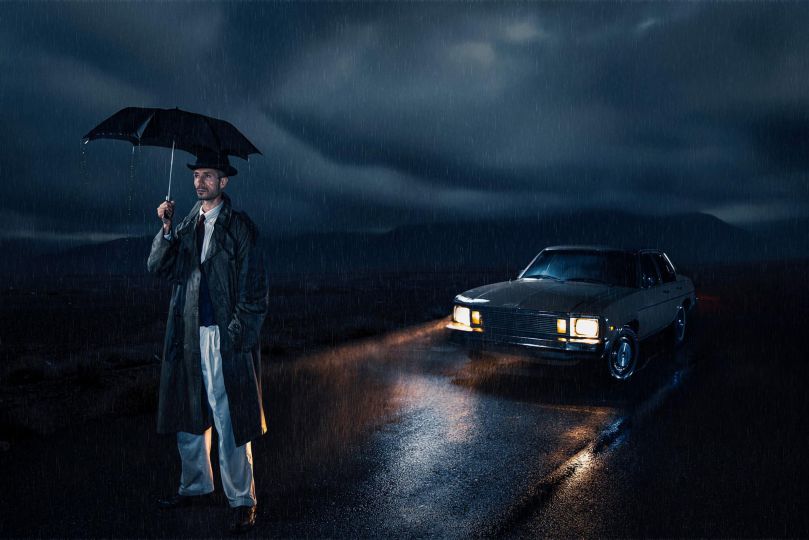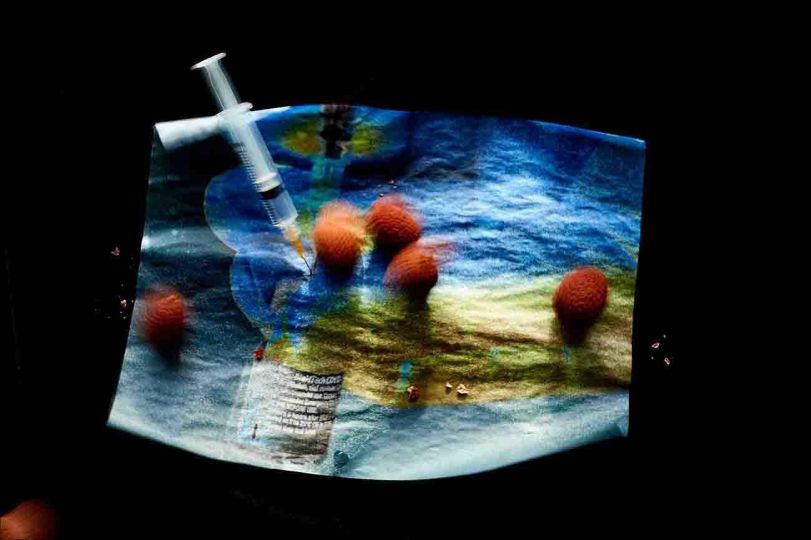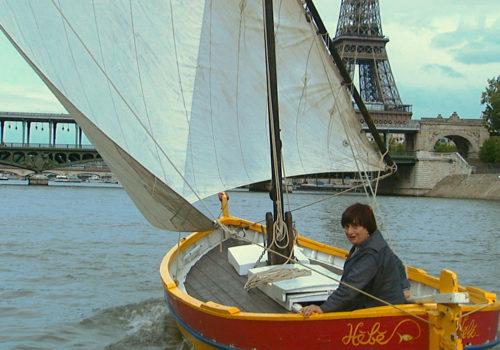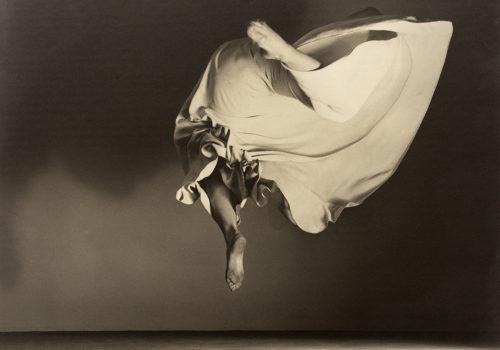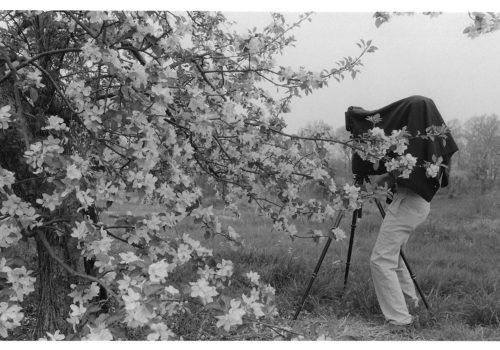From the opening pictures in ‘Daybreak in Myanmar’ it is clear that documentary photographer Geoffrey Hiller is a master at finding the vantage points from which to tap into the rhythm of a new city, a foreign culture, and let the story unfold through an intuitive eye.
Myanmar, formerly known as Burma, is a curiosity for many westerners, and it is one of the few places left on earth that we know little of beyond its fraught political history. For nearly 60 years Burma was hidden behind a cloak of darkness, its people persecuted and repressed by the military junta that ruled without mercy from 1962 to 2011.
Hiller first visited Burma in 1987 on a seven-day visa, the maximum time a foreigner was allowed to stay in a single visit. Restricted to three towns – Mandalay, Yangon and Bangan – Hiller says he immediately sensed the “very, very heavy” undercurrent that permeated the country, evidenced in the crushing poverty and isolation of its people.
Yet despite being cut off from the world, and seeing few foreigners, most locals accepted Hiller’s presence and allowed him to take photographs. With language a barrier to verbal engagement, a casual nod, the locking of eyes, or a shy smile gave Hiller the permission he sought to tell their stories.
Intrigued by the men and women whose faces were painted with traditional white thanaka, and inspired by the stoicism and dignity of the Burmese people in general, he vowed to return. But 13 years would pass before he was able to do so.
It was the year 2000 and Hiller says, “Things hadn’t changed that much. While the rest of the world was thinking about Y2K, Burma had a 19th century feel. Universities were closed and young students and professors were working along the docks carrying sacks on their backs. They told me their stories and I felt I really had to transmit what they were living”.
On this trip Hiller had to work surreptitiously as government agents were watching him and on more than one occasion he was interrogated on the street and in tea shops. He concealed his camera gear and managed to get 90 rolls of film out of the country. “I was very, very lucky,” he admits. The footage from this trip resulted in the web documentary “Burma: Grace Under Pressure”.
In 2011 the US Embassy sent Hiller to Burma to teach photojournalists in Yangon, although the teaching experience was quite different to his usual classes: “It was out of the question for me to take these students out to photograph in the streets”. Two years later he was back and this time restrictions had eased allowing Hiller to travel to villages that had previously been off limits. Yet there was still tension in the air.
Myanmar is now taking its first steps towards an uncertain future as democracy replaces military rule. It is this new path that gives even greater import to Hiller’s photographs that span a quarter of a century. In ‘Daybreak in Myanmar’ Hiller gives us a view to a culture that changed little as the world rushed into the digital age and a new century. And while Hiller’s images capture the chaos that is Asia, he avoids romanticizing or promoting the west’s perception of eastern exoticism. Rather ‘Daybreak in Myanmar’ is a story about the human spirit and captures an important period in history through the documentation of ordinary moments in everyday lives. It is quite a remarkable piece of work given the restrictions in place during the period covered.
The book is divided into chapters – Dawn, Early Morning, Late Morning, Early Afternoon, Late Afternoon, Dusk and Night – and features interviews with Burmese writers and political prisoners. It is a quality production that does justice to Hiller’s work in the crisp reproduction of the images.
‘Dawn’ is perhaps my favourite chapter as it hits a personal nerve: one of the first things I do in a new city is get out into the streets with my camera before day breaks and I particularly like the photographs in this chapter that depict a city coming to life. It is rare to see photographs of cities in Asia that are not teeming with people and these images evoke a sense of being behind the scenes, of having a private view to a foreign vista.
Over a long career Hiller’s work has been published widely. He is also the editor of the blog Verve: The New Breed of Documentary Photographer and has spent time teaching in Bangladesh, Cambodia and Pakistan as well as Burma. Surprisingly this is Hiller’s first book given his vast experience as a documentary photographer. What a brilliant debut.
BOOK
Daybreak in Myanmar
Photographs by Geoffrey Hiller
Published by: Verve Photo Books
170 photographs

